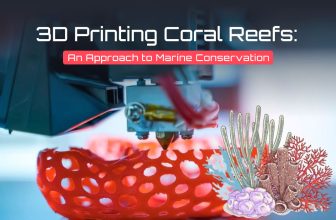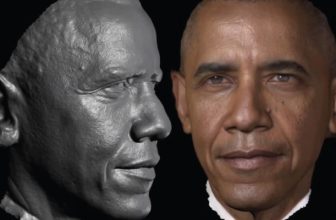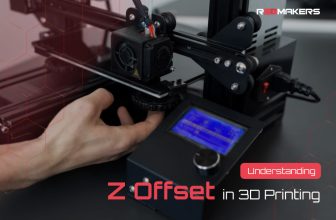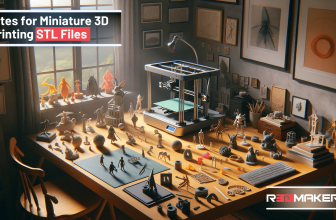Mastering the Art of Aluminum 3D Printing: The Ultimate Guide
https://all3dp.com/1/best-aluminum-3d-printing-services
Aluminum 3D printing enhances the advantages of aluminum, such as its lightweight and recyclable nature. Tailored aluminum alloys like Scalmalloy and UniFuse, optimized for additive manufacturing, offer superior strength and properties. They enable the production of complex, thin-walled aluminum parts that outperform traditional manufacturing methods. Industries like aerospace and racing benefit greatly from these advancements in aluminum 3D printing.
Companies like SLM Solutions and Velo3D have developed innovative processes on their 3D printers to maximize the performance of aluminum alloy F357. This alloy, known for its suitability in 3D printing, allows the creation of intricate and challenging structures. Honeywell and SLM Solutions are collaborating to qualify F357 parts for flight applications, while Velo3D and PWR are leveraging F357 to replace casting and produce parts with superior material properties in a shorter timeframe. These developments in 3D printed aluminum are revolutionizing industries, expanding the scope of applications and pushing the boundaries of what can be achieved with this versatile metal.
Benefits of 3D Printing with Aluminum
- Aluminum alloys have good chemical resistance, are lightweight, and possess a high strength-to-weight ratio.
- 3D printing in aluminum enables the creation of parts with internal features that are impossible with other methods.
- It reduces manufacturing and assembly time by printing multi-part assemblies as a single unit.
- 3D printing in aluminum generates minimal waste compared to CNC machining.
- Additive manufacturing allows for the production of highly precise and complex geometries and shapes.
- It offers cost efficiency compared to traditional aluminum fabrication methods.
- Custom and low-volume parts can be produced quickly and affordably.
- – Emerging technologies are expanding the possibilities for larger production runs in additive manufacturing with aluminum.
Uses of 3D Printed Aluminum
-
-
In the Automotive Industry
-
- Porsche utilized 3D printing to manufacture high-performance aluminum pistons for their flagship model, the GT2 RS, resulting in increased power and improved efficiency.
- The 3D-printed pistons were optimized for load distribution and weighed 10% less than traditional forged pistons, while featuring an integrated cooling duct that couldn’t be produced using conventional methods.
- Porsche also employed 3D printed aluminum to create the first complete housing for an electric drive unit, passing all quality and stress tests successfully.
- Mercedes-Benz is utilizing 3D printing to produce aluminum replacement parts for their trucks and cars, with improvements in functionality and road safety.
- Aluminum 3D printer is gaining popularity in the aftermarket industry, where auto restorers use it as a replacement for unavailable OEM parts.
-
-
In the Aerospace Industry
-
- Airbus utilizes modern aluminum alloys developed specifically for additive manufacturing in its A350 XWB and other aircraft, as well as in communication satellites, with over 500 additively manufactured parts.
- Boeing incorporates 3D printed custom aluminum parts in its aircraft, satellites, and helicopters, using aluminum alloys coated with nanoparticles to create high-strength alloys that can be welded without hot-cracking. This technology enables lighter frames and improved fuel efficiency.
- Leonardo, a helicopter manufacturer, partners with Aidro to obtain aluminum flight parts through metal additive manufacturing. 3d printing aluminum offers lightweighting advantages and the ability to produce compact and complex flight components.
- The aerospace industry is shifting from traditional specialty materials like titanium to explore cost-effective alternatives such as aluminum in 3D printing, driven by advancements in the process and the introduction of new technologies.
Steps to 3D Print Aluminum
Metal 3D printing technologies can process aluminum, with variations in speed, size, detail, and feedstock cost.
1. Laser Powder Bed Fusion (LPBF): Common aluminum 3D printing technology, but not all printers can handle aluminum. Requires optimization of printing parameters for desired material properties.
2. Electron Beam Melting (EBM): Uses an electron beam instead of a laser. Suitable for titanium-aluminum alloys, not pure aluminum. Coarser microstructure compared to LPBF.
3. Cold Spray & Wire Arc Additive Manufacturing (WAAM): Rapid production of large aluminum parts, often machined for precision. Cost-effective for unique parts in heavy industry.
4. Binder Jetting: Fast printing of medium to large volumes of aluminum parts. Requires post-processing.
Understanding Different Aluminum Materials
UniFuse AlSi10Mg
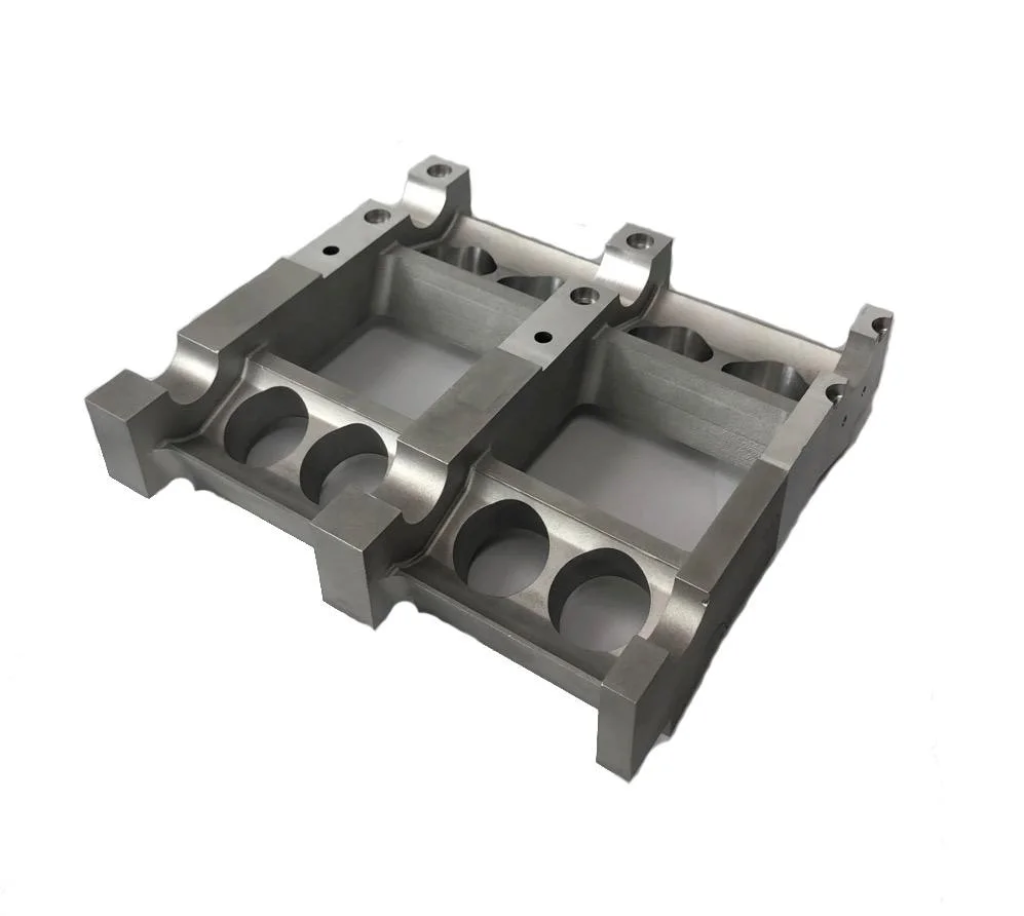
Developed by Uniformity Labs for laser powder bed fusion and binder jetting 3D printing. Enables 50-90 micron layer thicknesses and improves scalability.
NExP-1
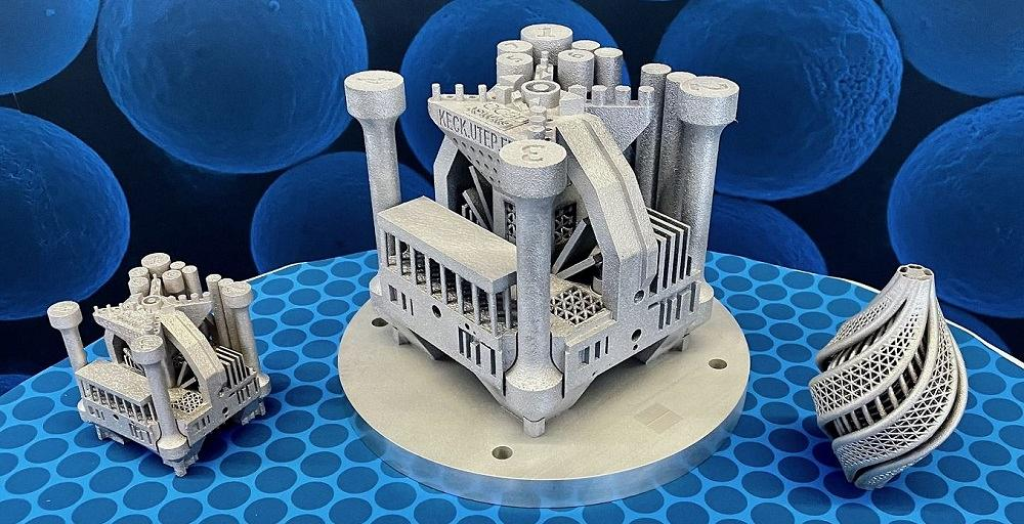
Created by Equispheres, it is a non-explosive aluminum alloy feedstock that enhances safety during 3D printing. Their Performance AlSi10Mg powder reduces printing time significantly.
Scalmalloy

Developed by APWorks, it is a high-strength aluminum alloy designed for aerospace and motorsports, surpassing the performance of 7000 series aluminum.
A20X

Aluminum powder developed by Aluminium Materials Technologies for aerospace applications, offering significantly lighter components compared to traditional aluminum.
Elementum 3D
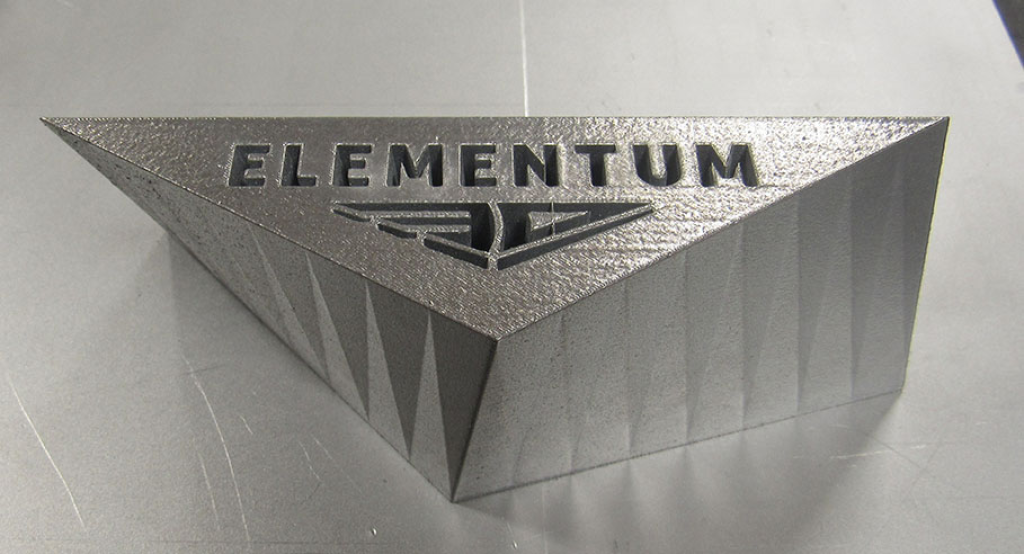
Provides gas-atomized aluminum alloy powders, including enhanced traditional alloys and dispersion-strengthened powders, through their Reactive Additive Manufacturing (RAM) process.
EOS Aluminium Al2139 AM

Proprietary aluminum alloy engineered by EOS for additive manufacturing, offering elevated temperature performance and reduced weight.
Aheadd
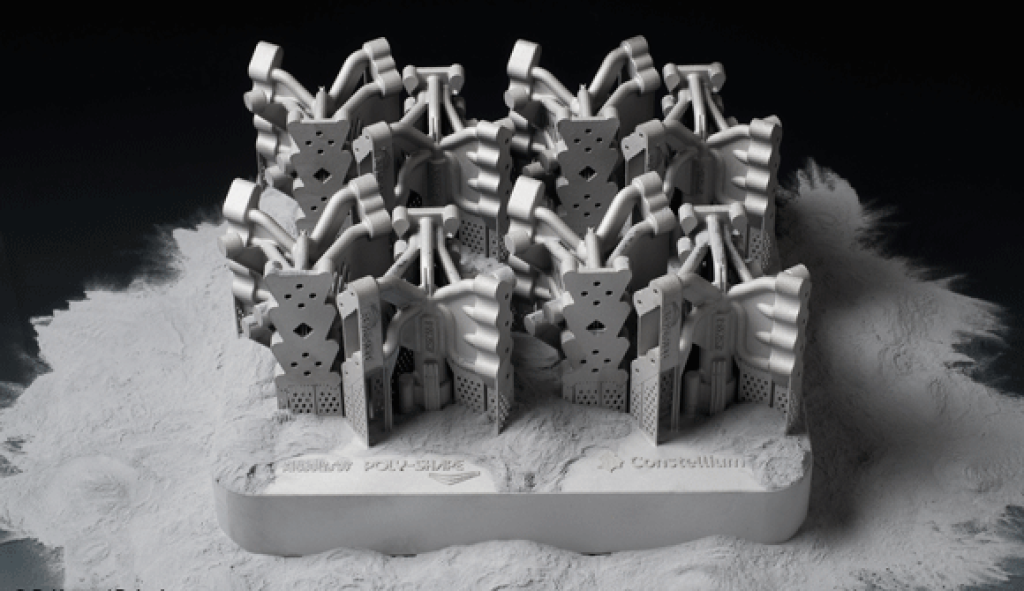
Optimized aluminum powders from Constellium, offering high thermal and electrical conductivity, excellent ductility, and simplified post-processing for rapid prototyping and series production.
– S220 AM: Aluminum alloy launched by Granges Powder Metallurgy, featuring high silicon content, low density, and a low coefficient of thermal expansion.
– CustAlloy aluminum: Developed by Kymera’s ECKA Granules, this laser powder bed fusion-compatible alloy offers enhanced durability and is particularly suitable for automotive crash-relevant applications.
Final Thoughts
When considering investing in a metal 3D printer aluminum, it is important to conduct thorough due diligence. One aspect of this is ordering sample parts, which can be obtained from the printer manufacturer or through print-on-demand services offered by many manufacturers. Outsourcing 3D prints to a metal 3D printing service can be cost-effective for smaller projects, one-offs, and testing, saving on capital costs and operational overhead.
There is a growing number of contract manufacturers equipped with fleets of metal 3D printers, ready to custom print your parts, whether they are prototypes, functional components, spare parts, or artistic creations. With numerous service providers available, finding the best price and delivery options can be time-consuming. However, marketplaces like Craftcloud simplify the process by allowing you to upload your 3D model and receive multiple quotes from suppliers, enabling you to choose the most suitable option.




